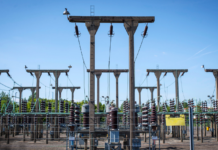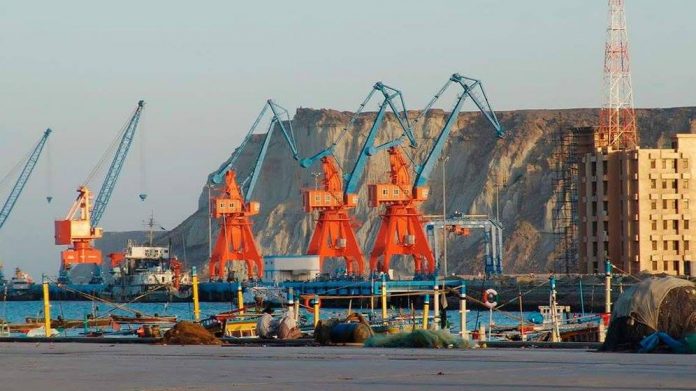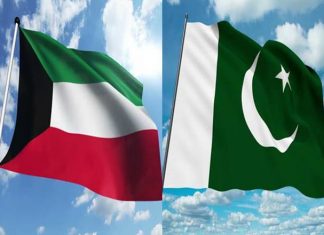A report submitted to Prime Minister Shehbaz Sharif highlights key hurdles, including security concerns, high operational costs, lack of infrastructure, and limited international interest at the Gwadar Port despite offering lucrative incentives to the Chinese port operator.
One of the major deterrents is the reluctance of global insurance firms to cover shipments due to security risks, driving up insurance costs and discouraging international shipping lines.
The port’s high operational costs make it less competitive than regional hubs like Jebel Ali, while limited cargo volumes from the local economy further reduce its commercial viability. Gwadar has also struggled to secure agreements with major shipping lines, hampering its integration into global trade routes.
Another key challenge is the absence of dedicated feeder vessels to facilitate trans-shipment between Gwadar and Persian Gulf ports, with ships of up to 1,500 TEUs needed to bridge this gap. Currency exchange losses have also emerged as a barrier, limiting investor interest in export businesses.
Additionally, restrictions under the 2022 Export Policy Order prevent the shipment of certain finished products, further reducing trade activity.
China’s Xinjiang province, which could have been a key user of Gwadar Port, relies more on rail and road networks than ports, reducing Gwadar’s trade potential. Industrial relocation to the Gwadar Free Zone remains limited due to high production costs and restrictions on foreign workers, including Chinese personnel. Weak infrastructure connectivity and inefficient border terminals at Khunjerab, Torkham, and Chaman continue to create bottlenecks.
Despite these challenges, the government is focusing on Gwadar’s potential as a logistics hub for Central Asia. Proposed initiatives include a salt project at Khor Kalmat, aquaculture ventures, an automobile park, bulk storage terminals, and a fish processing industry.
The government also plans to improve infrastructure, attract investment through an international conference, and complete key projects such as M-8, ML-4, and the Eastbay Expressway.
To facilitate trade, feasibility studies for roll-on/roll-off vehicle transshipment and ship repair facilities have been approved. Advanced technologies like artificial intelligence and RFID tracking are also being considered to enhance cargo handling. Additionally, Gwadar will be designated as a mining hub for Balochistan.
The government is working on developing a dedicated residential area for foreign investors and workers while implementing the Gwadar Master Plan. The federal cabinet has been briefed on these plans, with authorities aiming to accelerate Gwadar’s development into a key regional trade hub.
























